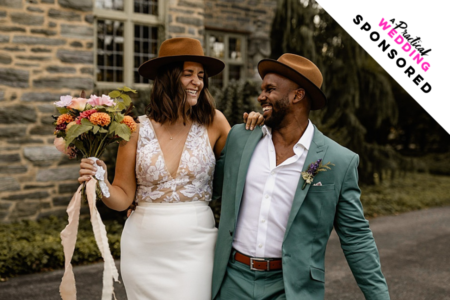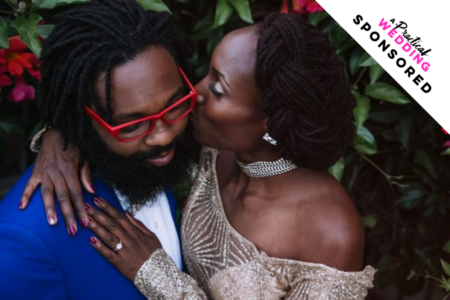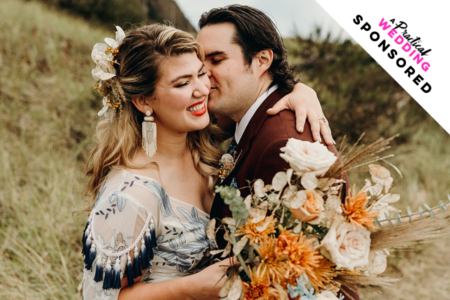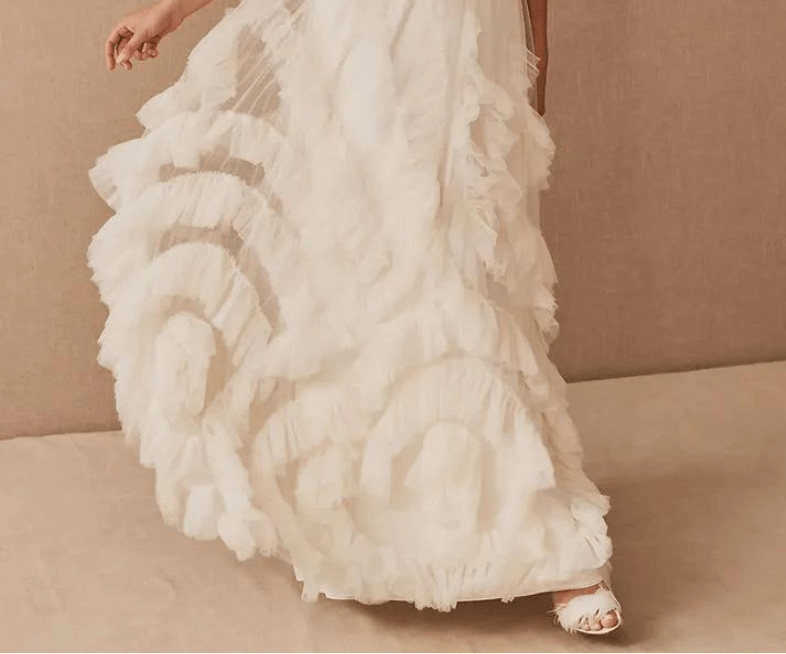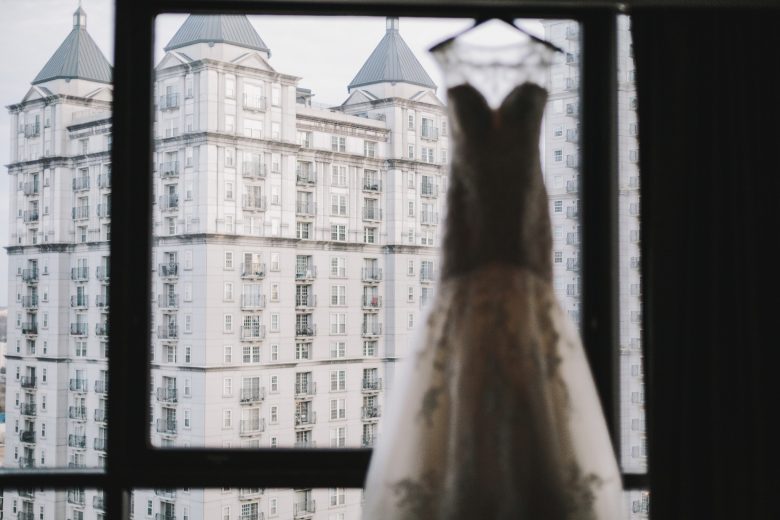
Even before getting engaged, I looked at the bride my child-self had dreamed of and giggled. How funny to think that, as children, we know what we will want for our wedding in twenty years’ time. I had loved dreaming of my handsome husband, the big Cinderella dress and high, oh-so-high, heels. But I laid this aside knowing that when my engagement finally came, I would be able to plan for the wonderful woman I would be. It would be sophisticated and joyous and a true reflection of myself and my fiancé. And it is.
I am now engaged and in the full throes of planning our winter ski wedding. We have the venue and officiant booked, I’ve said yes to the dress, the bridesmaids have been clothed, and the favours made. I’m so proud that what is coming together is just, well, us. And it’s all felt so natural. We haven’t had any major problems or agonising decisions, and I think it’s because we’ve done what has felt right and normal and fun.
But here’s the irony. It wasn’t until after I’d bought the dress—felt the butterflies and danced on the spot and grinned so hard my cheeks hurt—that I realised how my gorgeous gown was identical to the picture I’d sketched in bed one night as a child. I was unsettled. Had I made the wrong choice? The dress of my childhood was fanciful and overstated; an unrealistic, attention-demanding princess ball gown. My dress, the one I had just purchased under my budget, was demure and conservative with a kick of fun and a satisfying practicality (no train equals no tangles on a chairlift, layers of tulle are perfect for hiding bulky ski thermals). And yet there was no escaping; they looked identical. How could this be?
Had I succumbed to a subconscious desire for a princess wedding, despite my laid-back nature and love of a drunken raucous? Had I tricked myself into believing this was the dress I should love? I knew the answer was “no.”
After the dressing room door closed and I was left on my own, I had been overwhelmed with The Feeling. That was a surprise. I thought The Feeling was at best only experienced by the fairies-and-hearts-and-pink-fluff brides, and at worst an invention by TV networks to add drama to otherwise pleasantly boring reality shows. But it happened, it was real, and it was away from prying eyes. So it really was the dress for me, for right now.
This brought about my first wedding-induced introspection. I had long been proud that the shy, spineless, fearful child I was bore little resemblance to the confident, sociable adult I had become. Yet despite all the reinventions and personal growth and episodes of Oprah, some essence of that child had slipped into my twenties and exposed itself in ten layers of tulle and beading. I found it disturbing.
You see, in the years preceding puberty, I endured a profound personal trauma. It involved physical and mental abuse, betrayal, a tortuous court case and intense violation. Like many who are severely wronged, I blamed myself. I should’ve been stronger, I thought. I shouldn’t have let it happen. I scolded myself and, at eleven years old, resolved that I would not continue to be a meek pushover from whom anyone could take what they wanted.
The very week that a unanimous jury drew this tumultuous period my life to a close, I started high school. I donned a new uniform, in every sense. I changed my name: Beth was soft; Liz was strong. And hence I set forth into a rollercoaster of teenage years, emerging in my twenties as a confident, happy young woman.
And so the thought of that child following me into adulthood was unsettling and confusing. I had worked so hard and drank so much to eradicate her. And the deeper issues—my self-worth, my strength, my need for a voice—all pushed me to examine further. It was not just a dress. It was a statement about who I have become.
I’m no Trekkie, but I know what it looks like when Scotty beams you up and you appear, hazy at first, lines blurred yet distinctly you, and then you step out, fully-formed, into the new world you’ve been transported to. This is how I now view my journey into womanhood. I look back on the shy little girl who had trouble making friends and never knew what to say. She was just the early transmission, wonderful to watch, but only the beginning.
The nice thing about life is that, unlike Spock’s transporter, we don’t have to stand still and wait to fully become. We can explore the world while time fills us in. And we can change the picture if we please—it’s never fully developed until that process called life is over. But no matter how you change it, you can’t erase what has already filtered in.
That is how the dress of my childhood dreams ended up on a padded coat hanger in my sister-in-law’s closet.
I’ve had much upheaval in my life—family fucked-up-ness, parental divorce—as well as many self-induced changes—quitting jobs and lovers and countries and seizing new ones. Now, instead of being terrified of still being the child me, I find some comfort in knowing that that little girl who endured so much is still here. She wasn’t who I wanted to become, and so I chose not to grow into her. But she is here, a bit. She started the transmission, and I’m going to spend the rest of my days broadcasting proud.

